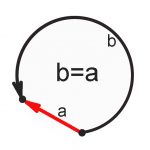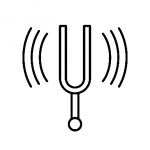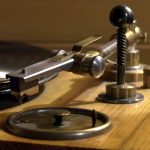 Experimental tube loudspeaker-recordplayer made of vintage parts connected according to their Vector Orientation. The main distinctive feature of the system is the cabinet, the resulting Vector of which has the shape of an acoustic horn. Thus music energy is focused there, just like acoustic waves are focused in an acoustic horn.
Experimental tube loudspeaker-recordplayer made of vintage parts connected according to their Vector Orientation. The main distinctive feature of the system is the cabinet, the resulting Vector of which has the shape of an acoustic horn. Thus music energy is focused there, just like acoustic waves are focused in an acoustic horn.
Audio Engineering
Achtung! It’s not the Audio Engineering you’re used to know. The articles are devoted to the study and practical application of the Directional Wiring of audio parts, and the most difficult to understand audio phenomenon of Vector Orientation. Also you can find here a great deal of information about vintage sound and DIY.
Vector – Phantom
 Sometimes interesting things can be discovered while working with routine trifles. It turns out that the metal plate vector is not necessarily rigidly tied to the boundaries of his body and under certain circumstances goes beyond it, becoming an auditory phantom.
Sometimes interesting things can be discovered while working with routine trifles. It turns out that the metal plate vector is not necessarily rigidly tied to the boundaries of his body and under certain circumstances goes beyond it, becoming an auditory phantom.
Homemade SE piezo crystal

Flat spring tonearm
 Precision tonearm based on a flat spiral spring for high-quality playback of warped 78 records. The design allows you to follow Vector orientation of the tonearm parts as accurately as possible and, as a result, achieve high clarity of the sound of the system as a whole.
Precision tonearm based on a flat spiral spring for high-quality playback of warped 78 records. The design allows you to follow Vector orientation of the tonearm parts as accurately as possible and, as a result, achieve high clarity of the sound of the system as a whole.
